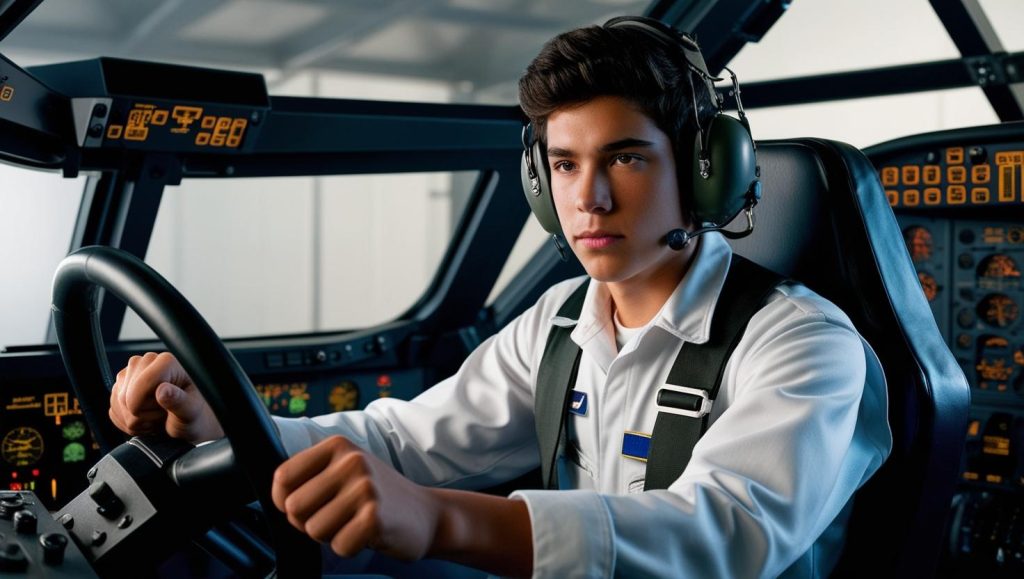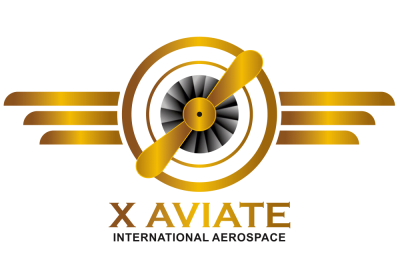
Commercial Pilot Lincense
Our Commercial Pilot License (CPL) program is designed to take you beyond the basics, providing you with the essential skills to operate aircraft for compensation. From mastering advanced flight maneuvers to perfecting your navigation skills, our comprehensive training ensures you’re fully prepared for the challenges of commercial aviation. Prerequisites: Hold a valid Private Pilot License (PPL), meet the required flight hours, and successfully complete our ground school curriculum.
Multi-Engine Rating
Enhance your skills with our Multi-Engine Rating program. This endorsement is ideal for pilots who want to handle more complex aircraft with multiple engines. Learn the specialized techniques for managing multi-engine operations, improving your versatility and expanding your opportunities in the aviation industry. Prerequisites: Hold a CPL and complete additional flight hours focused on multi-engine aircraft operations.
Instrument Rating:
Elevate your flying to a whole new level with our Instrument Rating program. Learn to fly solely by reference to instruments, a critical skill for professional aviators, especially when flying in challenging weather conditions or at night. With this rating, you’ll gain the confidence to navigate through clouds and low-visibility situations. Prerequisites: Hold a CPL, accumulate specified flight hours (including cross-country and instrument time), and complete ground school, which covers advanced navigation, weather systems, and aviation regulations.
Duration
10 - 12 Months
Eligibility
✈ DGCA Class I Medical Certificate – Required for the issuance of a CPL (Commercial Pilot License).
✈ Educational Qualifications – Must have completed 10th and 12th grades with Physics and Mathematics as core subjects.
✈ Minimum Age – You must be 17 years or older at the time of enrollment.
✈ Proficiency in English – Adequate competency in English, both written and spoken, is necessary for training and communication in aviation.
Flight Training Program
✈ Single-Engine Flight – 185 hours on aircraft like the Cessna 172, Tecnam, and Diamond DA-40.
✈ Multi-Engine Flight – 15 hours on aircraft such as the Piper, Diamond DA-42, and Tecnam.
✈ Simulator Training – 20 hours using advanced simulators like Red Bird and Diamond simulators for enhanced flight experience and procedures practice.
Theory Modules
✈ Aviation Regulations – Comprehensive understanding of the rules and regulations governing air traffic and pilot responsibilities.
✈ Meteorology – In-depth knowledge of weather patterns, forecasting, and their impact on flight planning and safety.
✈ Navigation – Mastery of navigation techniques, including chart reading, route planning, and position fixing to ensure safe and efficient flight operations.
✈ Technical General – Study of general aircraft systems, including flight controls, engines, and avionics.
✈ Radio Telephony (RTR) – Proficiency in radio communication procedures and protocols for effective and clear communication in aviation.
✈ Technical Specifications – Detailed study of specific aircraft systems and operations, focusing on different aircraft models used during training.
